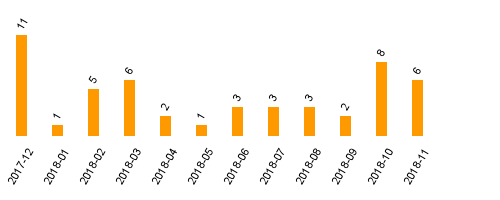Healthcare financing in OECD countries beyond the public-private split
Götze, Ralf ; Schmid, AchimDownload:
pdf-Format: Dokument 1.pdf (784 KB)
| URL | http://edoc.vifapol.de/opus/volltexte/2012/4216/ |
|---|---|
| Dokumentart: | Bericht / Forschungsbericht / Abhandlung |
| Institut: | SFB 597 Staatlichkeit im Wandel |
| Schriftenreihe: | TranState working papers |
| Bandnummer: | 160 |
| Sprache: | Englisch |
| Erstellungsjahr: | 2012 |
| Publikationsdatum: | 23.11.2012 |
| Originalveröffentlichung: | http://www.sfb597.uni-bremen.de/pages/download.php?ID=201&SPRACHE=DE&TABLE=AP&TYPE=PDF (2012) |
| SWD-Schlagwörter: | Gesundheitsfinanzierung , Sozialversicherungsbeitrag , Steuer , Private Krankenversicherung , OECD-Staaten |
| DDC-Sachgruppe: | Politik |
| BK - Basisklassifikation: | 44.10 (Gesundheitswesen: Allgemeines), 89.31 (Staatslehre), 89.72 (Internationale Organisationen) |
| Sondersammelgebiete: | 3.6 Politik und Friedensforschung |
Kurzfassung auf Englisch:
Background: Studies of long-term trends in the healthcare financing mix generally focus on a dichotomous concept discerning public from private funding sources. More detailed analyses of the funding mix tend to be restricted to a small number of cases or do rarely examine time trends. Aim: This paper enhances the existing body of literature by developing and applying a trichotomous concept for healthcare funding, distinguishing taxes, contributions, and private sources. This includes a new aggregated indicator for the mix of three financing sources and its graphical representation. Methods: The study mainly builds upon OECD Health Data 2011. We measure changes in the funding mix since 1972 as its distance from a funding mix that equally draws upon taxes, contributions and private sources. Results: Up to 1980, the OECD healthcare systems move toward ideal-typical financing schemes. Between 1980 and 2000, the funding mix hybridizes mainly driven by privatization processes in NHS and social insurance countries and ongoing switch-overprocesses between these two healthcare system types. Since 2000, OECD countries again tend toward ideal-typical funding schemes. Discussion: We use the framework for institutional change developed by Streeck and Thelen. The quantitative approach highlights changes in terms of displacement, layering, and drift but fails to fully reveal conversion processes. Therefore, further qualitative research is needed to capture not only shifts between the funding sources but also more gradual changes within them. Conclusion: The back-and-forth development of the trichotomous funding mix challenges assumptions of a universal trend toward hybrid financing structures.
Für Dokumente, die in elektronischer Form über Datenenetze angeboten werden, gilt uneingeschränkt das Urheberrechtsgesetz (UrhG). Insbesondere gilt:
Einzelne Vervielfältigungen, z.B. Kopien und Ausdrucke, dürfen nur zum privaten und sonstigen eigenen Gebrauch angefertigt werden (Paragraph 53 Urheberrecht). Die Herstellung und Verbreitung von weiteren Reproduktionen ist nur mit ausdrücklicher Genehmigung des Urhebers gestattet.
Der Benutzer ist für die Einhaltung der Rechtsvorschriften selbst verantwortlich und kann bei Mißbrauch haftbar gemacht werden.
Zugriffsstatistik
(Anzahl Downloads)


